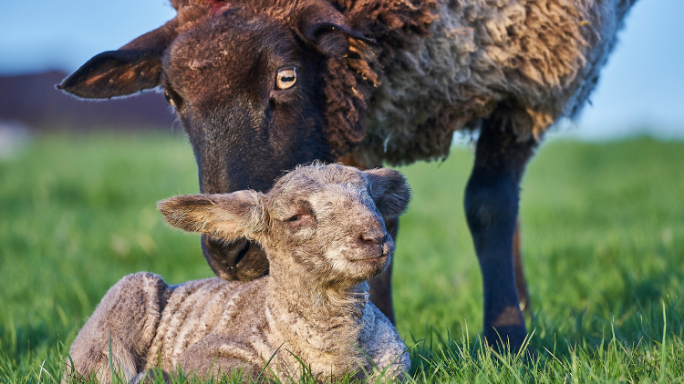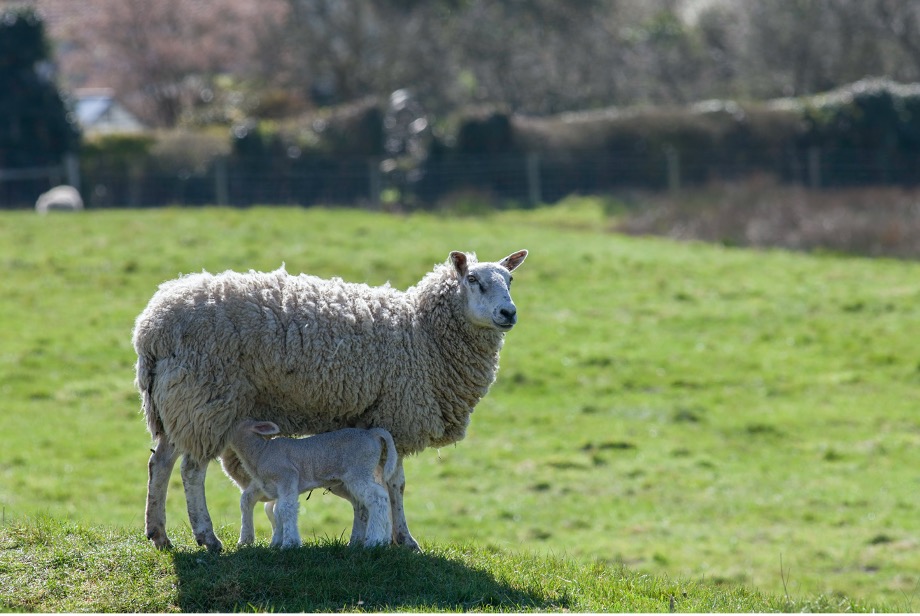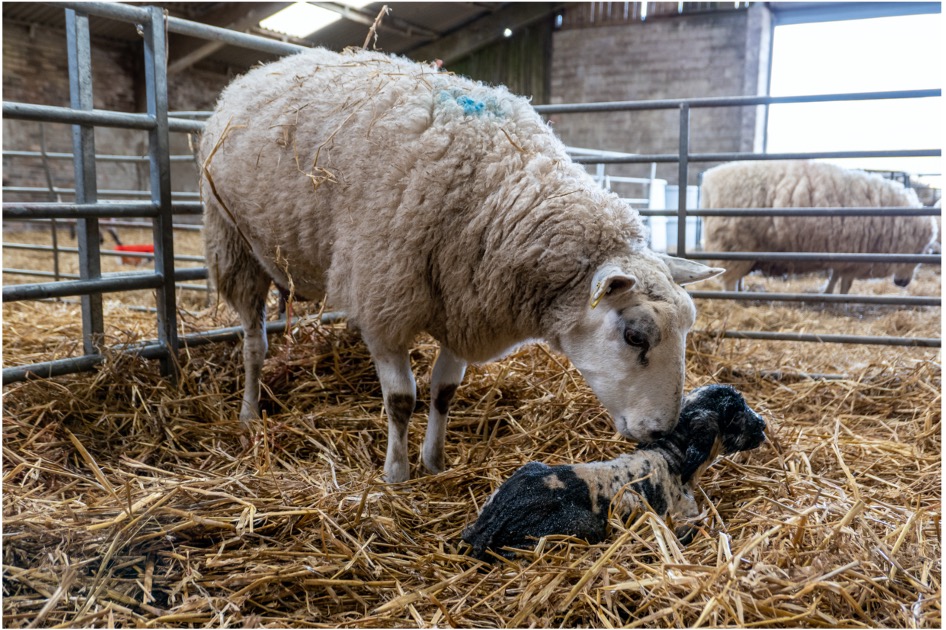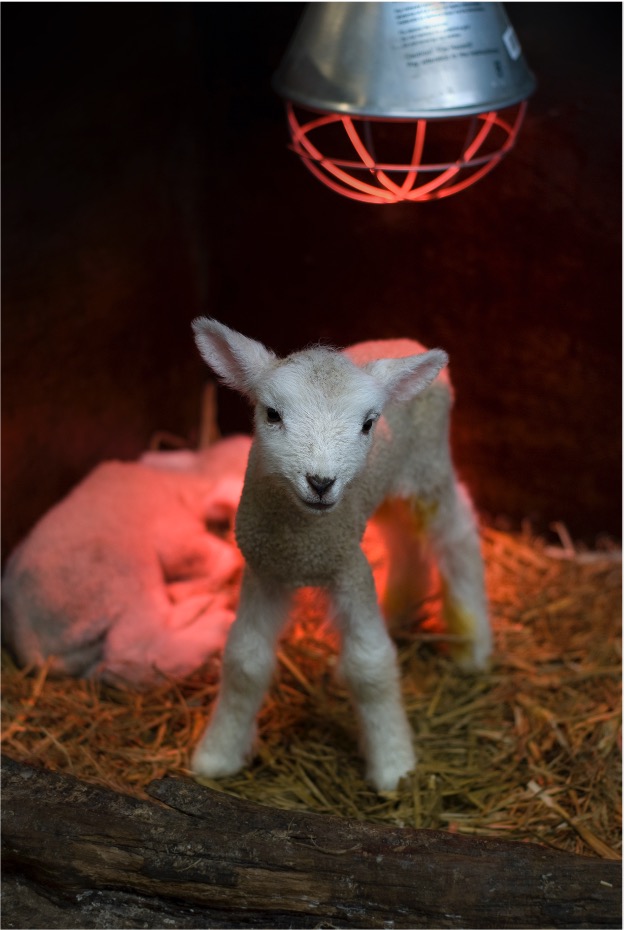Top 10 Tips for a Successful Lambing

Lambing has either kicked off or will be kicking off on farms right across the country, these 10 tips will help you have a successful lambing season.
1. Boost colostrum quantity and quality:
Optimum pre-lambing nutrition is essential. This allows the ewe to produce good quality colostrum, but it also provides her with the nutrients she needs to support foetal growth so that she gives birth to strong healthy lambs. There is a relationship between the ewe’s energy intake over the last three weeks of pregnancy and colostrum production. Concentrates such as GAIN EweMaster and GAIN Super Ewe. The high energy levels and quality protein sources promote milk production on conserved forage and an elevated Vitamin E level boosts colostrum quality and improve lamb survival rates.

2. Adequate Colostrum intake:
Lambs are born with a weak immune system. Colostrum provides newborn lambs with nutrition, but also antibodies to fend off disease. Every lamb should receive 50ml/kg birth weight of colostrum or cows’ colostrum. Always ensure lambs receive a certain amount of ewes colostrum and then top them up with cows colostrum or Colostrum alternatives. Freezing colostrum when you have a ewe with an excess supply can be great for instances when a ewe may not have milk. Ensuring lambs get enough colostrum within the first 6 hours of life is crucial for their lifelong performance in terms of disease resistance and weight gain. After six hours, the lamb’s ability to absorb the immunoglobulins into its bloodstream has reduced, which is why it is important to get colostrum in quickly.
3. Be organised
The lambing season is a busy and stressful time for any farmer. Being prepared can be a great way to limit the pressure you put yourself under during this period. Having yourself stocked up on the essential items is a great way to have yourself organised in advance.
- Gloves
- Lubricant
- Iodine for navels
- Syringes and needles
- Colostrum alternatives, colostrum starter kit and lamb milk replacer
- Bottles, teats and stomach tubes
- Marking spray
- Calcium injection
- Lime and disinfectant for lambing pens
- Jugs and whisks
- Drinkers and Feeders
- Castration Rings and Applicators
4. Minimise stress and prolapse
Ensuring all ewes have adequate space to feed especially where concentrates are fed. On average ewes will require 500-600mm of feeding space for concentrates. Where ad-lib silage is fed less space is required, and the feeding space for concentrates can be increased using troughs on the ground. This will prevent the ewes from getting hurt which can lead to ewes aborting but it also can lead to an increased likelihood of prolapse.
5. Having adequate lambing pens

Having adequate lambing pens in terms of size and quantity is key for a successful lambing season. You should aim to have 1 pen for every ten ewes lambing i.e. if you have 160 ewes lambing you should have 16 pens. Having enough pens mean ewes and lambs have enough time to bond before being moved to ground pens or outdoors. Each pen should be at least 1.5mx1.5m. Ewes should have access to hay racks and water. Where water is in buckets avoid using large buckets as this may pose a risk to young lambs.
6. Disinfecting and bedding lambing pens
You should aim to clean out lambing pens between each use. Pens should also be disinfected with Lime or other disinfectant products between uses. Maintaining this level of hygiene will greatly reduce the risk of infection for newborn lambs. Making sure pens are bedded down with adequate amounts of clean dry straw will help keep lambs warm and dry. Avoid over bedding as young lambs may struggle to move around and feed if the straw is not well spread.
7. Reduce lameness
Having lame ewes at lambing poses a number of threats. Firstly if a ewe is lame during gestation she may be less inclined to get up and go in for a feed, this may lead to a reduced condition which in turn can cause issues such as twin lamb disease, reduced milk production, and small lambs. Ewes who are lame at parturition pose a risk to their lambs, as they will spend lots of time lying down not letting their lambs suckle, they can also be more inclined toile on their lambs if they are lame. In non-slatted sheds, use adequate bedding to keep the lying area clean and dry. Apply ground or hydrated lime where the sheep stand and feed twice weekly before applying fresh straw bedding.
8. Have somewhere warm for weaker lambs

Lambs especially those who are small or may have had a difficult birth can easily become cold. Once a lamb's body temperature drops below a certain point its ability to absorb the essential nutrients in colostrum is reduced. It is important to heat cold lambs up quickly. Having a warm dry corner with an infrared lamp or other heat sources can make a huge difference. Also ensuring that the lambing shed is draught free can prevent lambs from getting cold in the period between birth and getting up and suckling.
9. Have a plan for surplus lambs
If you have a high scan with numerous triplets you will need to consider how you are going to support these lambs. If triplets are separated and feed effectively in the lead-up to lambing it may be possible for them to rear their own lambs, however, a lot of the time this may not be possible. Adopting surplus lambs onto single ewes can be a good way of dealing with surplus lambs without ending up with lots of pets, however, you must consider how you are going to do this and it may not always be successful. Where adopting is not possible you must have a plan for dealing with pet lambs. It is important to have a warm dry draught free space for them. Having automatic feeders can greatly reduce the workload where there are multiple pets. Pet lambs will require access to concentrates sooner than the rest of the lambs so this must also be considered.
10. Make sure you have enough help

The lambing season can be a very tiring time as it is both physically and mentally demanding. It is important that you have adequate labour on the farm over this busy period. It is true the old saying “many hands make light work”. As the lambing is in full swing having an extra pair of hands can make a huge difference especially when trying to get weaker lambs fed.
Published 20 February 2023
Tagged with: Agribusiness All Other animals
